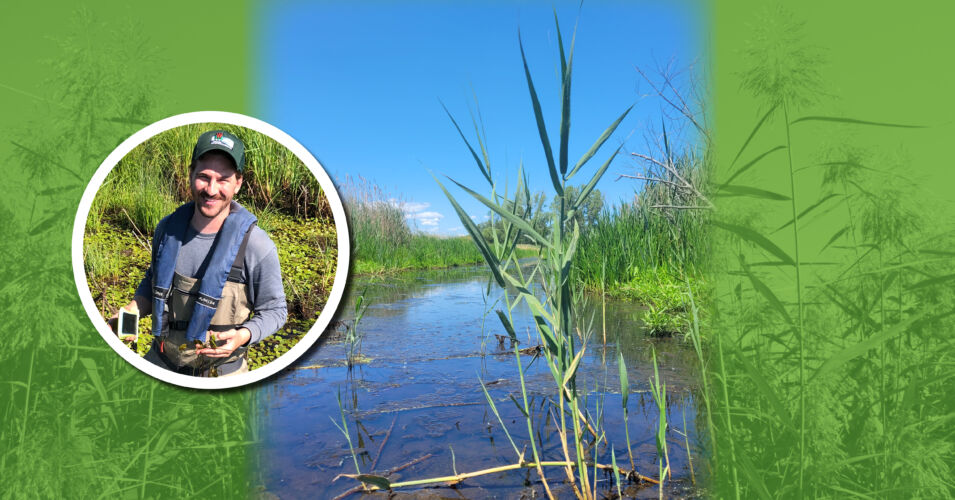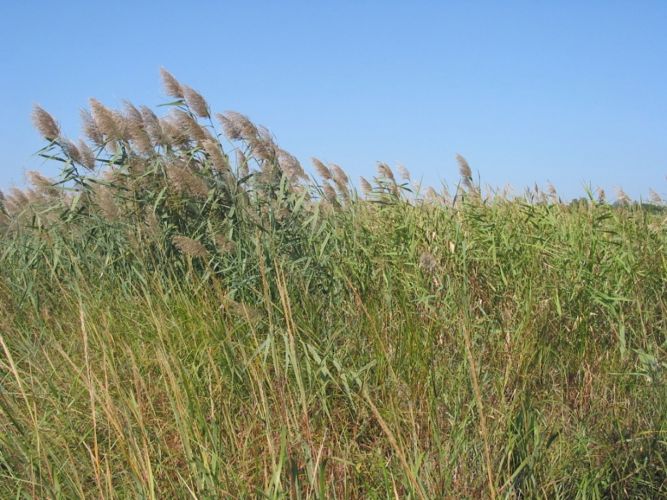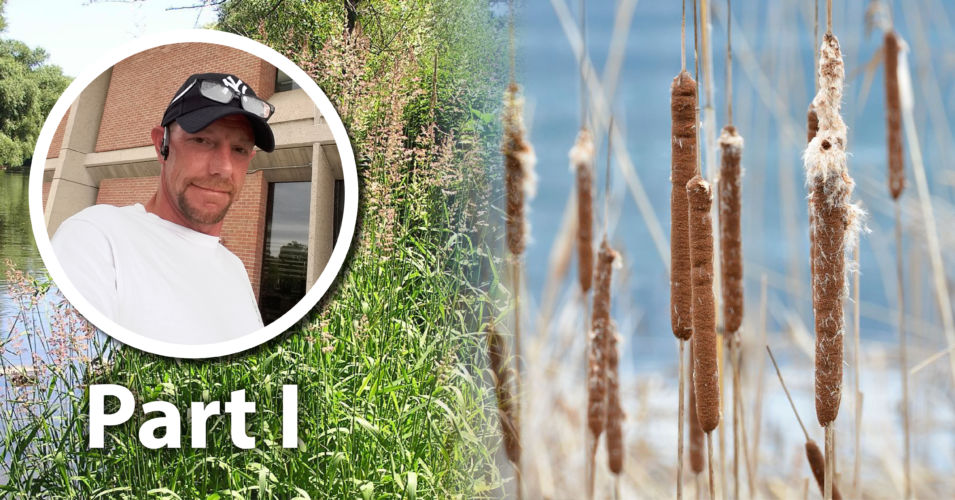Wetlands are dynamic by nature, but this variability affords many opportunities for invasive plants, like non-native Phragmites, to establish and spread. Additionally, increased landscape alteration, combined with the evolutionary advantages of Phragmites, often makes management of this plant difficult and expensive. In this presentation, Matt Puz, Wisconsin DNR, will discuss wetland dynamics, Phragmites biology and ecology, and how understanding these two concepts can lead to more effective management.
Matt Puz, WDNR
Recorded June 28, 2024
Matt Puz is the statewide Wetland Invasive Plant Specialist with the Wisconsin DNR, where he manages control efforts, directs research, and provides guidance and support for all things wetland invasive plant related. He has a Master’s degree in Conservation Ecology from the University of Michigan, where he researched hydrologically-restored wetlands.
Links mentioned during the presentation:
- Great Lakes Phragmites Initiative (a network of agencies, organizations, and citizens who are engaged in Phragmites in some way, including management, research, and communication): https://www.
greatlakesphragmites.net/ aboutus/ - Phragmites Adaptive Management Framework (an adaptive management and collective learning program that anyone managing
- Phragmites can join): https://www.
greatlakesphragmites.net/pamf/ - Map of Cooperative Invasive Species Management Areas in Wisconsin: https://widnr.
widen.net/view/pdf/hpxkc6dtm9/ InvSp_RegionalCISMAList.pdf?t. download=true&u=kkadwx - Phragmites Statewide (Wisconsin) Management Strategy (pdf download): https://apps.dnr.
wi.gov/swims/Documents/ DownloadDocument?id=345040156
Related content
Invasive plant profile: Phragmites
Wetland Coffee Break: What’s the buzz? Drone uses in wetlands
Wetland Coffee Break: Toward more effective invasive species management: Part 1




